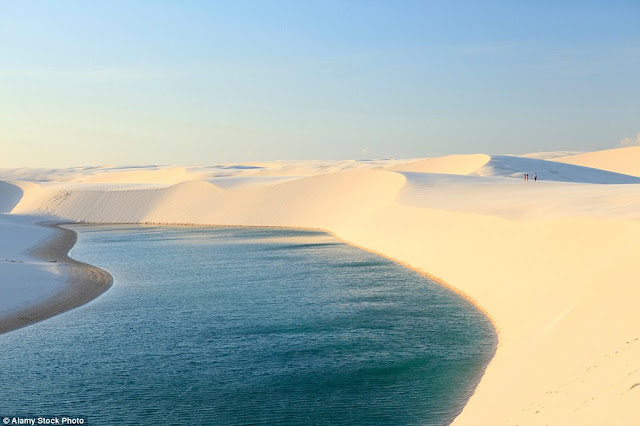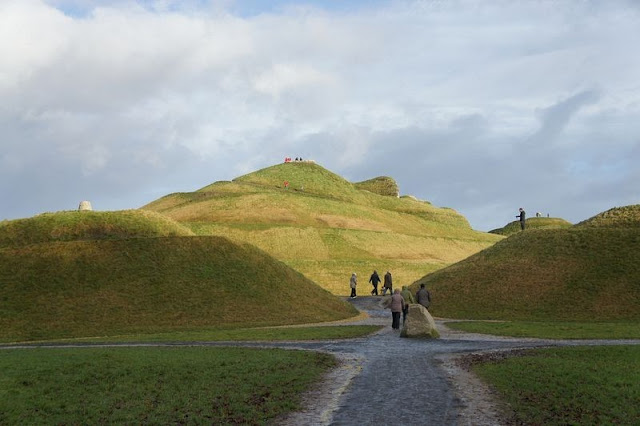In the midst of the rolling sand
dunes of a national park in Brazil, a wonderful transformation takes place every
year. However, in the rainy season, the valleys landscapes transformed are
filled with crystal-clear turquoise lagoons & the result is simply magnificent,
which you can imagine by seeing these stunning photographs. Therefore, the un-spoilt heaven is located in
Lençóis Maranhenses National Park, offering explorers with a striking backdrop
to escape to though enjoying a respite from the heat.
Moreover, in the peak season
around July these tranquil pools can reach ten feet in depth and are astonishingly
warm to swim in reaching up to 30 degrees C. Therefore, it is stretching for miles and
miles, the picture-perfect landscape look like a desert, but this can't
officially be categorized as one, due to the 47 inches of rain it receives each
year. Thus, almost no vegetation grows in this area, but the aqua phenomenon
provides a brief chance for life to arrive in the area. Interconnecting lagoons combine with neighboring
rivers, opening up channels for fish to see the sights of lovely pools. Furthermore, the experience is short-lived,
as once the dry season returns, the vividly-blue lakes disappear without a
trace.
Well, if you want travel this
part of world, it is highly recommended to have visited to see the true beauty of
sand dunes. However, it is highly
suggested for visitors to witness the natural spectacle is between July and
September, when the mirage-like ponds have formed. In addition, park's website acclaims
around two full days are required to explore the biggest lagoons in the park,
Azul and Bonita and recommend only guided tours are undertaken in the area. So, access is not very difficult and easiest
from the town of Barreirinhas near Maranhão, with Jeeps being the best form of
transport to handle the hilly terrain. Source: Charismatic Planet


























































